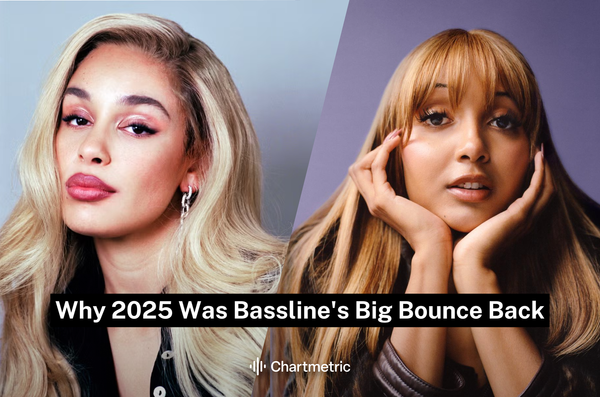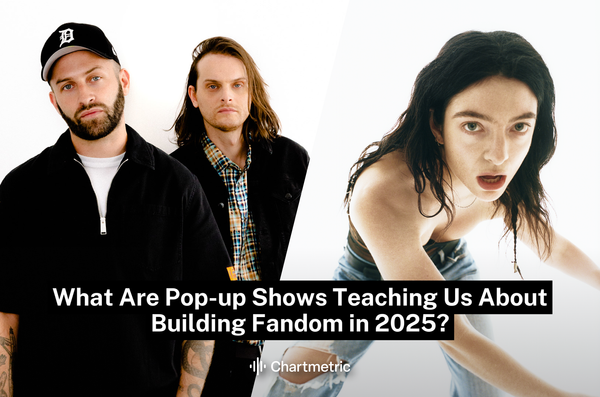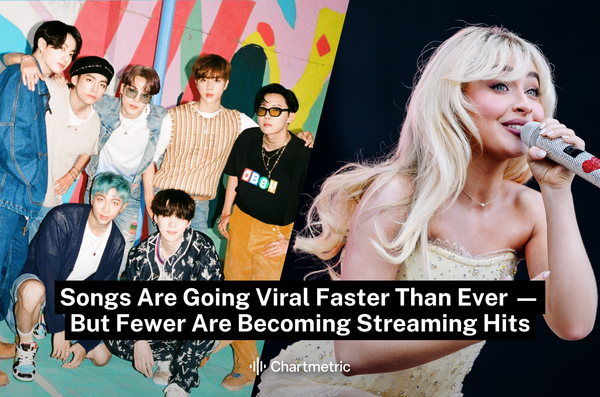Everyone watching the Grammys, either from home or at the ceremony, is waiting on the answer to one question: who will win The Big Four?
The Big Four Grammy awards — Best New Artist, Song of the Year, Record of the Year, and the coveted Album of the Year — are the most prestigious and competitive categories of music’s biggest night. They’re the subject of the most online discourse, the predictions of music publications, and the climax of the telecast. Throughout the 2025 ceremony, host Trevor Noah constantly teased these awards, mentioning them before commercial breaks to keep viewers hooked for the next segment.
But the purpose of the Grammys — and the Recording Academy overall — is broader than the celebrity fanfare of the Big Four. According to their website, the Recording Academy’s mission statement is to “cultivate the well-being of the music community,” a community which certainly extends beyond the Beyoncé and Taylor Swift-level stars who vie for Album of the Year.
This year, the Grammys awarded 94 different awards, but the vast majority were not aired on the main telecast. Instead, they were relegated to the “Grammy Award Premiere Ceremony,” which live-streamed on YouTube earlier in the day. As of February 7, The Premiere Ceremony has 5.4 million views on YouTube, compared to the 15.4 million viewers reported by broadcaster CBS. Only nine awards were presented on the main telecast, less than 10% of the total.
Nominations Come First
The publicity that an artist receives when they’re nominated for a Grammy is significant. They might pick up an additional press interview or news coverage. But their potential exposure from winning the coveted award in front of millions during the live telecast could be life-changing. Unfortunately, artists not featured in the main categories mostly miss out on the awards ceremony buzz.
The Recording Academy announced the nominees for this year’s Grammys on November 8, 2024. Generally, these announcements did not materially impact artists’ data. For example, five songs were nominated for Best Metal Performance: Gojira, Marina Viotti & Victor Le Masnesaw’s "Mea Culpa (Ah! Ça ira!),” Judas Priest’s “Crown of Horns,” Knocked Loose and Poppy’s “Suffocate,” Metallica’s “Screaming Suicide,” and Spiritbox’s “Cellar Door.” The Chartmetric track score for all of these specific songs decreased, modestly, in the week following the nominations.
The Grammy announcements did boost other, more general metrics like Chartmetric artist score, though. This metric assigns a weighted value from zero to 100 based on a variety of sources, including streaming and social metrics. The Best Traditional R&B Performance nominees were Marsha Ambrosius’s “Wet,” Kenyon Dixon’s “Can I Have This Groove,” Lalah Hathaway’s “No Lie,” Muni Long’s “Make Me Forget,” and Lucky Daye’s “That’s You.” Of the five nominees, Dixon, Hathaway, and Ambrosius's Chartmetric score increased - but only modestly.
The five bands nominated for Best Metal Performance saw little change in their Chartmetric Artist Score, though Kentucky hardcore group Knocked Loose saw a six-point gain. The average Chartmetric Score for the artists nominated for Best American Roots Song increased by about two points. It’s clear that the nominations do not immediately translate to the spikes in streaming or social activity that would meaningfully move Chartmetric artist or track score.
Perhaps even more surprising, many nominated artists did not see an increase in editorial support from Spotify, YouTube, Apple Music, and other digital service providers. Of the five artists nominated for Best Folk Album, three saw an uptick on their Spotify Editorial Playlist Count following Grammy nominations: Aoife O’Donovan (up four playlists), Adrianne Lenker (up two), and Madi Diaz (up one). The Spotify editorial playlist count tracks the number of Spotify-created playlists an artist’s music is placed in by the streaming service. Within two days, that uptick disappeared.
On Apple Music, none of the five artists for Best Folk Album had any additions to editorial playlists following the Grammy nominations. Two of the nominees — American Patchwork Quartet and Gillian Welch & David Rawlings — are not on any editorial playlists from Spotify or Apple Music. Editorial playlists remained flat for Best Latin Rock or Alternative Album, Best Metal Performance, Best Alternative Album, Best Progressive R&B Album, and dozens of other categories.
Moreover, services like Apple Music and Spotify did not offer curated editorial playlists collating the nominees that could generate excitement around the Grammys.
And The Grammy Goes To...
Of course, the buzz after nominations doesn’t compare to Grammy day. Although the impact varies from category to category, some non-televised Grammys did appear to have a tangible, visible impact on the nominated artists. Starting with the Chartmetric artist score for the nominees for Best Progressive R&B Album. Although Cleveland-born soul artist Durand Bernarr didn’t win the award, his Chartmetric score jumped from 68.21 to 83.68, following the Grammys on February 2. His score actually surpassed that of NxWorries — the duo of Anderson .Paak and producer Knxwledge — who took home the award. Bernarr saw a spike in views on his Wikipedia page with +55.3% more views than the prior month. Plus, his Spotify monthly listeners grew from 395k to 450k following the ceremony.
While artists nominated for non-televised categories didn’t see career-changing spikes in key holistic metrics like Chartmetric score, they did see pockets of growth across their digital audience. Multiple-Grammy-winner Sierra Ferrell saw a noticeable impact after the ceremony, her Spotify monthly listeners increased from 2.7 million to 2.9 million in just a week. Plus, her followers grew by 19.4k on Instagram and 3k on Facebook, her largest spike in new followers in the last six months. These big gains were no doubt a result of being one of the night’s biggest winners. She won four awards for her album Trail of Flowers.
If any metric best reflects the impact the Grammys have on artists nominated for non-televised categories, it’s Wikipedia views. Taylor Eigsti, who won Best Contemporary Instrumental Album, the Best American Roots Performance nominee Shemekia Copeland, and Tony Succar, who won Best Tropical Latin Album all saw massive spikes in their Wikipedia views. Across categories, Wikipedia views seem to show the most dramatic increases after the Grammys ceremony. Music fans are seeking out more information about the nominees and winners, though the attention does not consistently translate into new regular listeners.
Just A Statue On A Shelf?
Although the night generates plenty of conversation for music fans, the data indicates that neither Grammy nominations nor the awards ceremony offer career-shifting boosts to artists’ streaming metrics if their award isn't televised. Pockets of social media often see an increase following the day of the awards. Wikipedia views, in particular, are reactive to non-televised Grammy artists. But even an award at music’s biggest night does not necessarily translate to more listeners if the winners' faces aren't on TV.
The biggest winners of the night are those with visibility on the live telecast. After Doechii’s phenomenal performance and victory in the Best Rap Album category, her Spotify monthly listeners increased by over 2 million. Best New Artist nominee Khraungbin’s Chartmetric Rank jumped nearly 1000 after their brief performance in the ceremony. Song and Record of the Year winner “Not Like Us” by Kendrick Lamar saw its biggest week of streaming since September. As much as the Grammys try to incorporate artists across genres in their awards, when it comes to growth and increased attention, it’s still about The Big Four.





